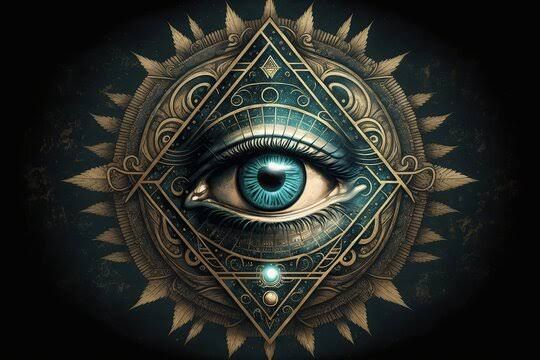Freemasonry and the Vision of the New World Order: An Examination
The term 'New World Order' (NWO) has been associated with a vast array of conspiracies, beliefs, and speculative worldviews, some of which have invoked the involvement of Freemasonry. This article seeks to explore the nexus, if any, between Freemasonry and the concept of the NWO, breaking down misunderstandings

The term 'New World Order' (NWO) has been associated with a vast array of conspiracies, beliefs, and speculative worldviews, some of which have invoked the involvement of Freemasonry. This article seeks to explore the nexus, if any, between Freemasonry and the concept of the NWO, breaking down misunderstandings and highlighting any overlaps.
1. The Origins:
Freemasonry, as it's commonly understood, began in the late 16th and early 17th centuries in Scotland and England, predicated upon the traditions of medieval stonemasons and integrating various strands of mysticism, philosophy, and early Enlightenment thought.
The New World Order, on the other hand, is a more recent term that, in its most benign form, refers to significant shifts in global power dynamics and governance. In more speculative circles, it relates to the idea of a secretive elite plotting world domination.
2. Principles of Freemasonry:
At its core, Freemasonry is a fraternal organization that seeks to promote moral and ethical development among its members, alongside charity and community service. The three main principles are:
- Brotherly love
- Relief
- Truth
3. NWO and Its Perceptions:
NWO theories, in their more conspiratorial forms, suggest that a secretive, powerful elite seeks to control the world through a single global government, eliminating national sovereignty and suppressing individual freedoms. This elite is often believed to be influenced or controlled by a variety of entities, including banks, corporations, or secretive organizations – with Freemasonry occasionally included in the list.
4. Overlaps and Differences:
a. Symbolism:
One of the primary overlaps pointed out by conspiracy theorists is symbolism. The 'all-seeing eye', present on the US dollar bill, is both a Masonic symbol and one associated with the NWO. However, symbols in and of themselves do not denote affiliation or intent. The 'all-seeing eye' has roots in ancient civilizations and is also a Christian symbol representing God's omniscience.
b. Influence:
Given the history of many influential figures being Freemasons (e.g., George Washington, Benjamin Franklin), some believe that the organization wields a significant global influence. However, equating individual members' actions with the overarching goals of the entire organization can be misleading.
c. Global Unity vs. Global Control:
While Freemasonry promotes universal brotherhood and global unity, this shouldn't be conflated with the NWO's theorized aim of global control. Freemasonry's unity is predicated upon mutual respect and understanding, while the NWO, as portrayed in conspiracy theories, focuses on domination.
5. The Dangers of Conflation:
Blurring the lines between an age-old fraternal organization and a more nebulous and often paranoid concept of world domination can lead to misinformation and undue panic. Historical instances, such as the anti-Masonic movements in the 19th century or the persecution of Freemasons during WWII, showcase the dangers of such misunderstandings.
6. Conclusion:
While there are superficial overlaps in symbolism and influence, the core principles of Freemasonry and the speculative NWO are distinct. It's essential to approach both subjects with critical thinking and distinguish between historical facts and modern speculations.




